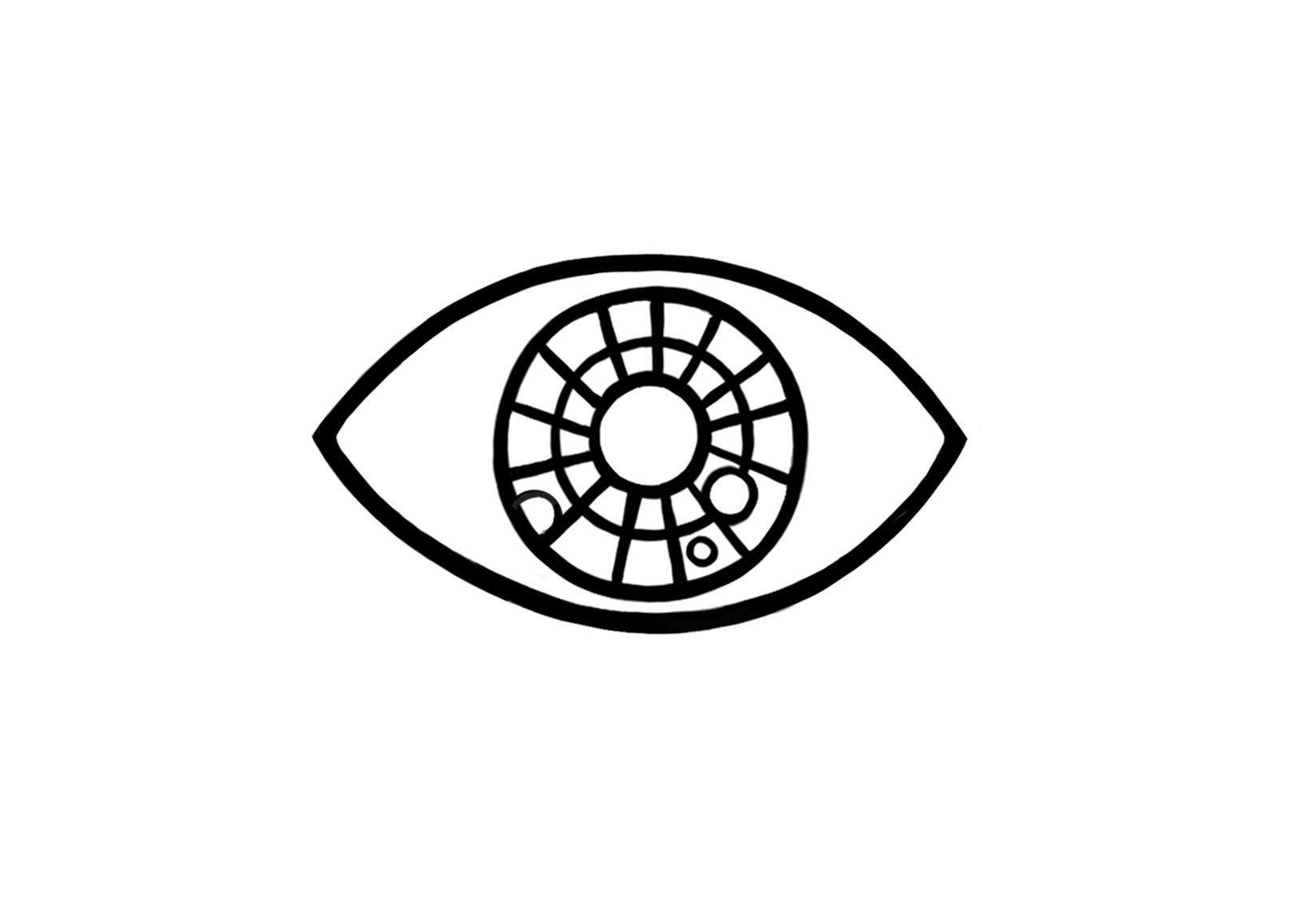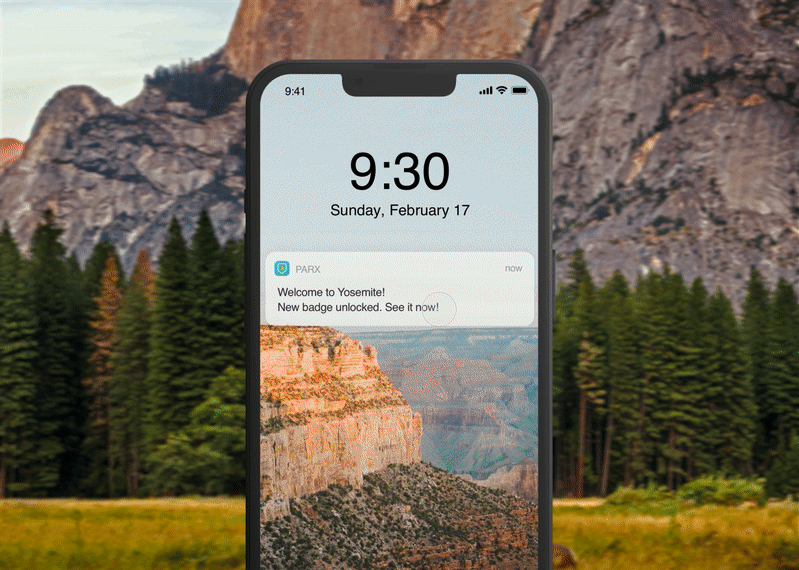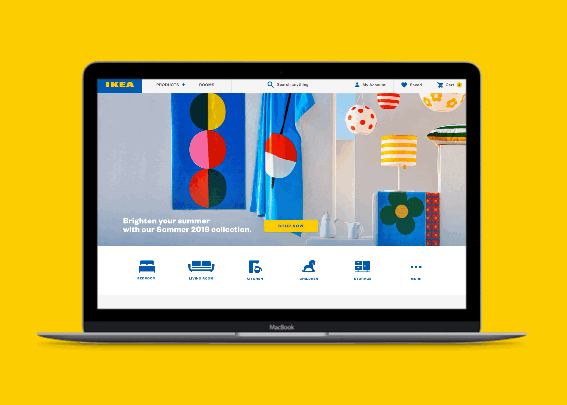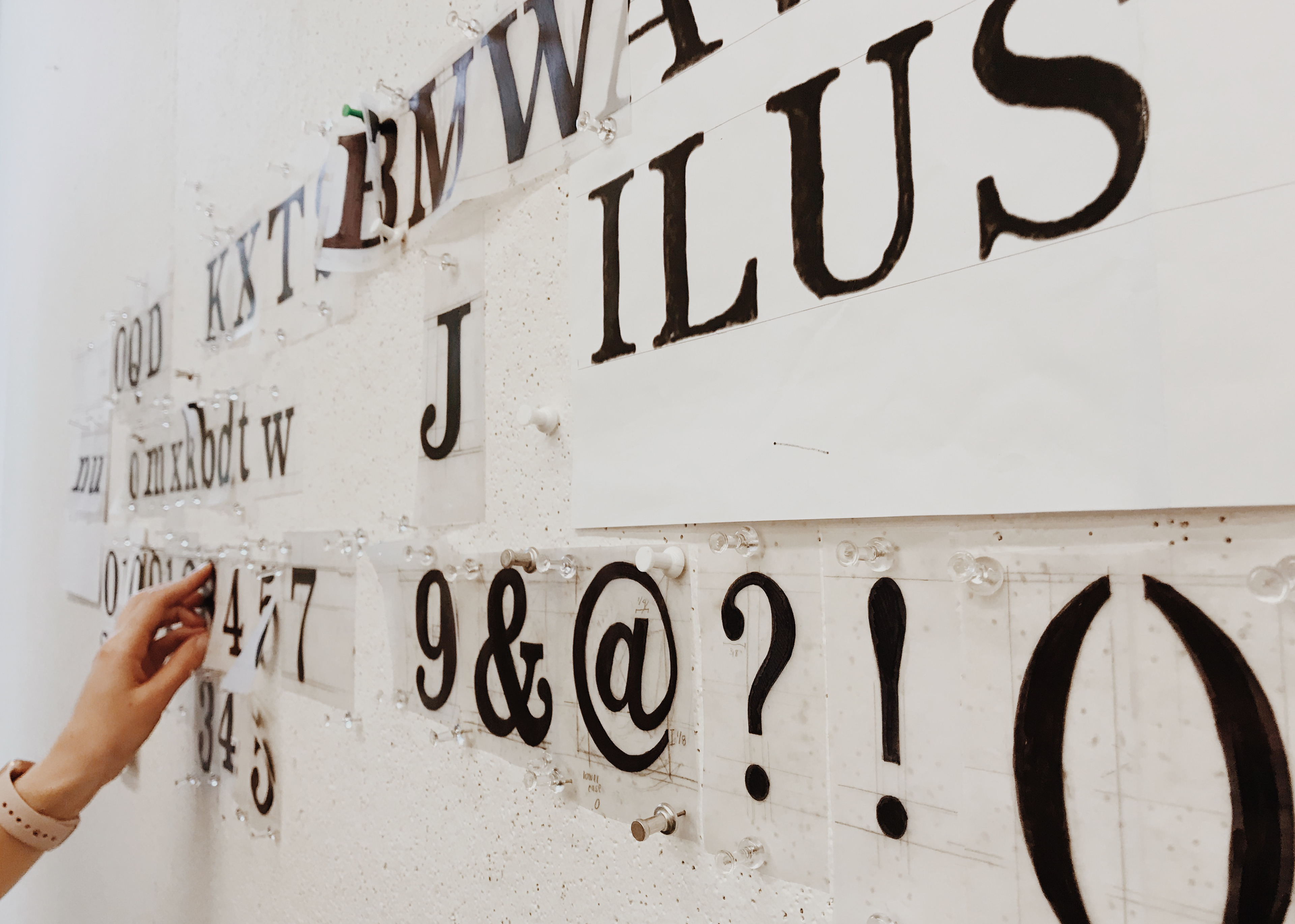1: who are vehicle residents
Vehicle residents are individuals who live in their vehicles overnight.
Vehicle residents are typically experiencing homelessness for the first time, and housing themselves in their vehicles is the last resort. Vehicle residents may choose to live in their vehicle because:
• They do not want to be separated from their spouse, partner, child, or pet.
• They do not have another secure location to store their possessions.
• They want the safety and privacy of sleeping in their own car vs. a communal shelter.
• They don’t fit in the shelter system (aging, medical disability, LGBTQ, child/teen, etc.) or can’t get into the preferred “enhanced” shelter.
• They do not have another secure location to store their possessions.
• They want the safety and privacy of sleeping in their own car vs. a communal shelter.
• They don’t fit in the shelter system (aging, medical disability, LGBTQ, child/teen, etc.) or can’t get into the preferred “enhanced” shelter.
Over the last several years, vehicle residency has been prevalent with a steady annual increase:
• 2018 = 3,372 vehicle residents, of which 2,697 were ticketed
• 2017 = 2,314 vehicle residents, of which 1.851 were ticketed
• 2016 = 901–1,261 vehicle residents, of which 720–1008 were ticketed
• 2017 = 2,314 vehicle residents, of which 1.851 were ticketed
• 2016 = 901–1,261 vehicle residents, of which 720–1008 were ticketed
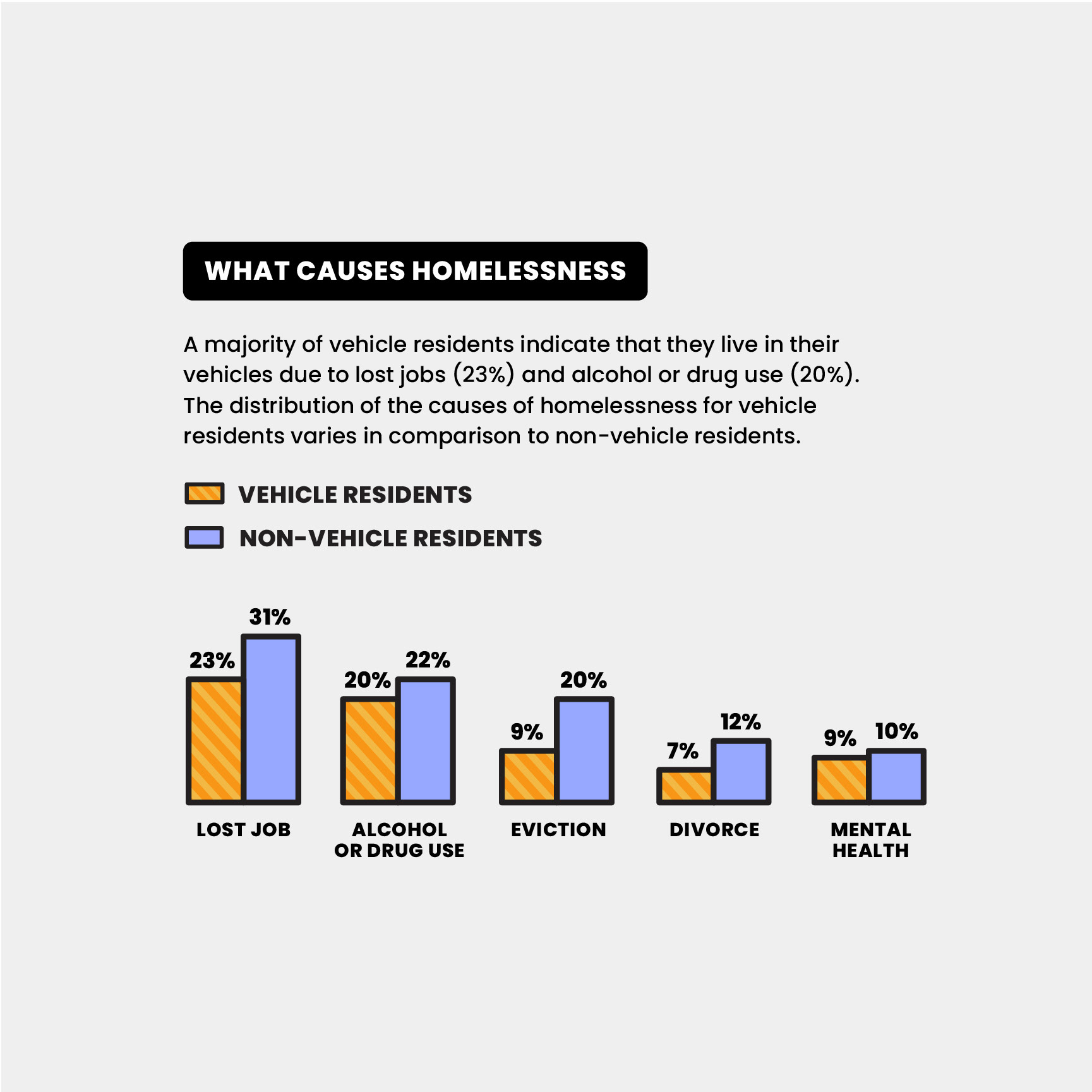

According to the latest Seattle/King County survey conducted on January 25, 2019
There were 2,147 individuals living in their vehicles due to homelessness, which is 19% of the overall homeless population and 41% of individuals who are unsheltered.
Vehicle residents do not want to give up their vehicles because:
• Their vehicle is their last valuable possession.
• Their vehicle is their main way to get to and from work.
• They consider their vehicle a home (a safe place to live, sleep and store possessions).
• Their vehicle is their last valuable possession.
• Their vehicle is their main way to get to and from work.
• They consider their vehicle a home (a safe place to live, sleep and store possessions).
2: group data project
Analyzing the data trends of vehicle residency from Seattle Municipal Court.
Our class conducted a group analysis on tickets fined in the year of 2017 to figure out which vehicles are potentially vehicle residents by focusing on several factors. In order to determine which license places are vehicle residencies, we assume that a vehicle is a residency if it has X or more of the following tickets:
11.72.070 Commercial/Large Vehicle in a non-industrial zone (~100 tickets/year, $47 each)
11.72.240 Moving vehicle to avoid time limit (~33 tickets per year, $47)
11.72.260 Overtime ( ~32,000 tickets per year, $44)
11.72.270 Overtime Repeated (~76 tickets per year, $47)
11.72.280 Parking in a non-designated area in a park (~430 tickets per year, $47)
11.72.330 Sign Posted Locations (~46,500 tickets per year, $47)
11.72.430 Trailer or camper detached (~1,000 tickets/year, $47 each)
11.72.440 Parking over 72 Hours (~5,000 tickets per year, $44 each)
11.72.500 Parking Junk Vehicle on Street (~300 tickets/year, $250 each)
3: ESTABLISH the overview
The criminalization process vehicle residents face.
Laws regulating public space force many vehicle residents into a difficult vicious cycle. Systematic criminalization of vehicle residency is a response to visible poverty that disproportionately impacts a significant number of residents on the move.
1. The moving game
Laws require vehicles to move in time periods out of neighborhoods. Ticketing, fine, and vehicle impoundment may lead to arrest.
2. The impact of fines
Fines accumulated throughout the process are a major threat to economic security to pay for child care, medical care, utilities, rent, and other essentials.
3. The government takes your home
Failure to pay tickets results in the vehicle being "boot-eligible" or impounded, preventing residents from addressing financial and legal obligations.
Tickets targeting vehicle residents
1. Parked vehicles must be moved every 72 hours
Many vehicle residents are in a constant “cat and mouse” or “whack-a-mole” game with authorities from highly constricted legal spaces.
2. Many neighborhoods prohibit overnight parking
Limited streets with overnight parking strategically concentrate vehicle residency in certain parts of the city to create patterns of density.
3. Vehicles over 80” in width, such as RVs, can only park in industrial zones
This law requires large vehicles to park within manufacturing zones that are limited across the city and may not be convenient for individuals far away from those areas.
4: Provide an example
A case study of Ballard neighborhood in 2018
These parking restrictions work together to limit the space where vehicle residences can legally park, which leads to a cluster of the population congested in industrial neighborhoods. As a result, vehicle residents are significantly fined, placing them in direct risk of penalty and harm. The case study is included to visually depict the reoccurring problem in Seattle industrial zones for better visualization.
5: offering an emerging solution
Proposing safe lots as the best solution to vehicle residency.
The research concludes that vehicle residency violations stem from under-resourcing with the lack of outreach, services, and legal parking space for this unsheltered community.
One possible solution to address vehicle residency is safe lots, which allow homeless families and individuals to park overnight in designated off-street spots. While safe lots are not a permanent solution, they can provide general safety for vehicle residents and better access to social services.
6: make the story
Visualizing the statistics in an approachable format.
Statistics are found from King County Count Us In reports, discussing the specifics of the distribution of vehicle residency model, the reasons of vehicle residency, and the larger causes of homelessness.
TAKEAWAYS
• Storytelling to increase digestibility: By breaking information down into sections, designers can arrange these components into a narrative to effectively communicate the problem and process to the general public.
• Visual design as an active guide to information architecture: In addition to the technicalities of information design and data analysis, using visuals to create data visualizations and facilitate dense content can be helpful to guide the user's understanding of the problem.
• Emerging solutions as a problem-solving proposal: Summarizing the problem space with insights and data can be useful, but adding a section to think about problem-solving opportunities creates a call-to-action and a futuristic outlook of how to improve these social issues with better awareness.
CONTEXT
Independent case study
Information Visualization, Icon Design, Research, Content Strategy
Information Visualization, Icon Design, Research, Content Strategy
DURATION
5 weeks
TOOLS
Illustrator, InDesign, Excel
